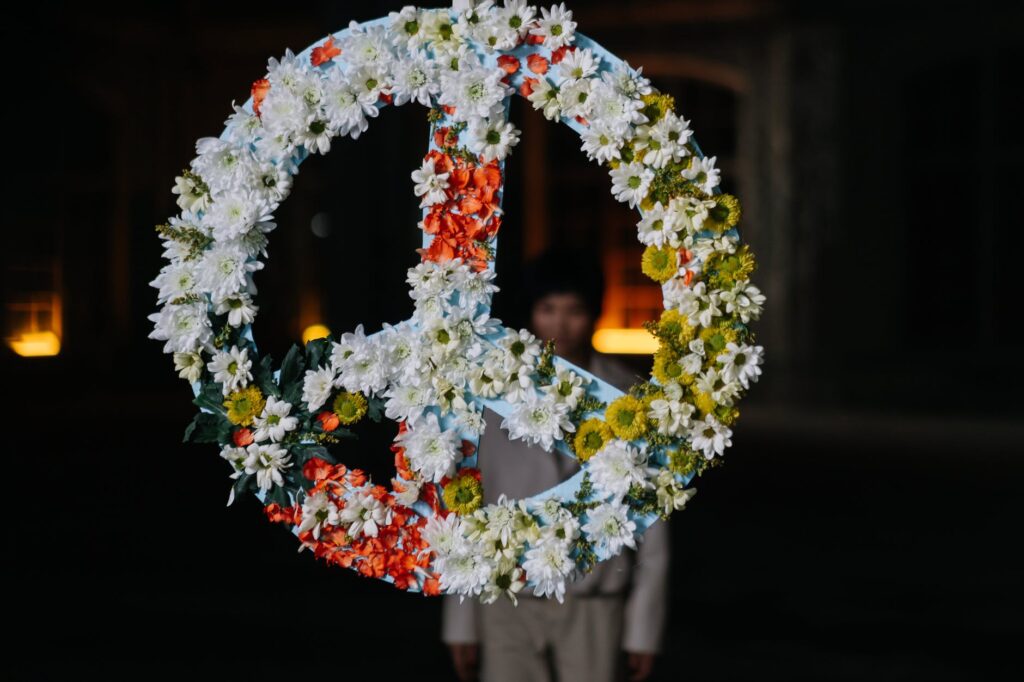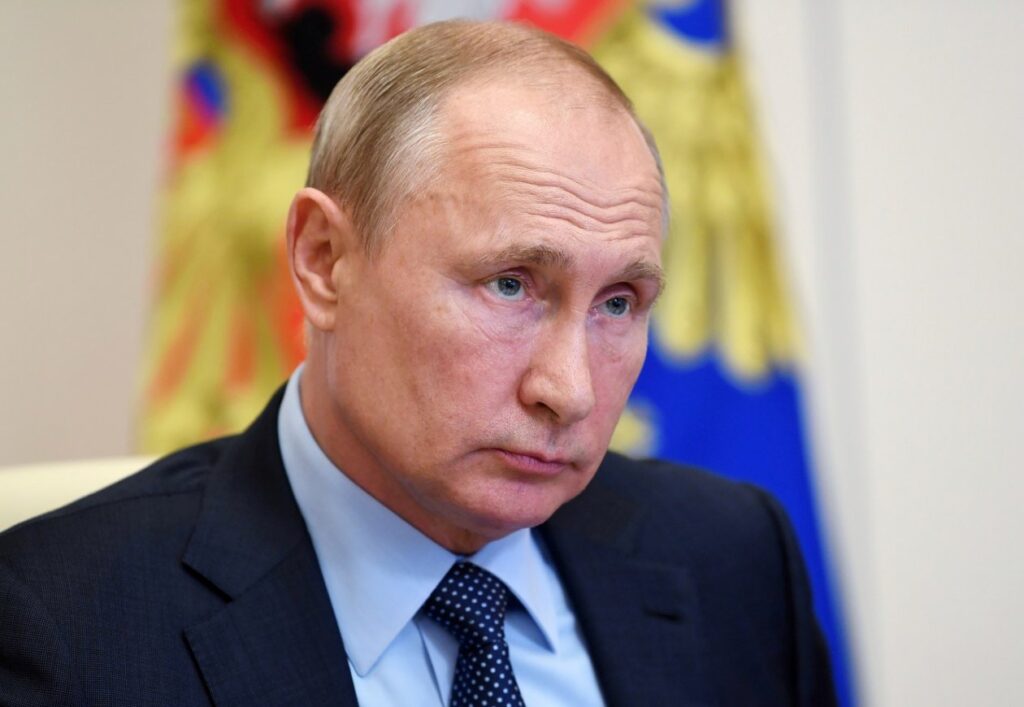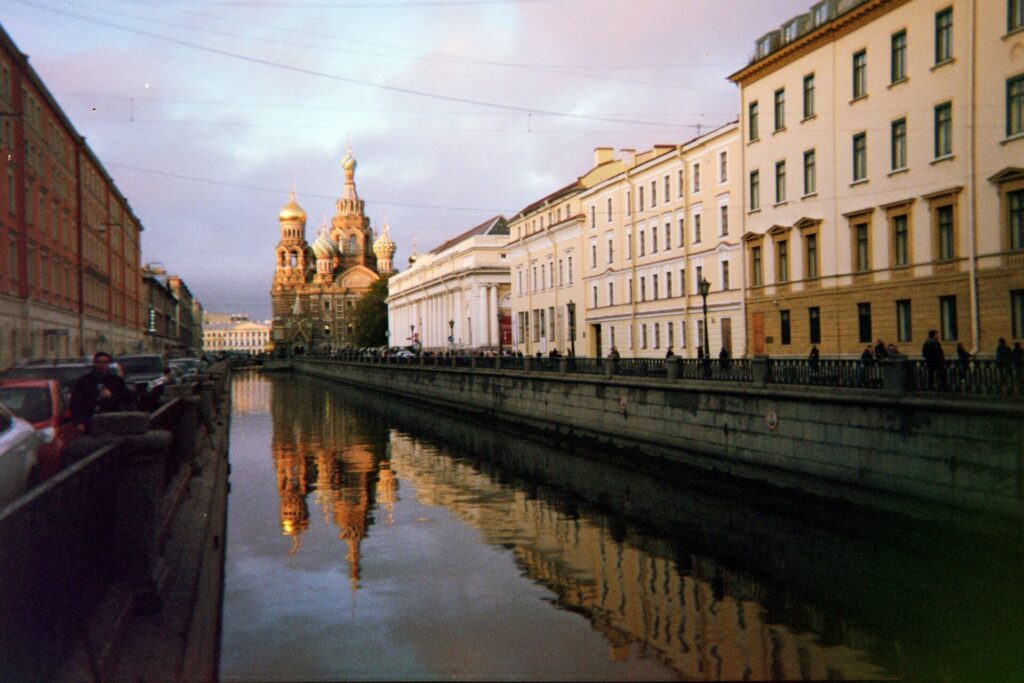
By Prof. Oliver Boyd-Barrett, Substack, 12/6/22
Professor Boyd-Barrett’s summary of Alexander Mercouris’s analysis of the day.
Missile Strikes
The most recent strikes are routine, with 70+ cruise missiles launched, a large number for one day but, since the missile campaign started in October, this is about the norm. Occasionally there are bigger strikes. Some western publications have said the most recent strike was smaller than usual and less effective, probably an incorrect conclusion.
The NYT has examined, it claims, the debris from what were likely to have been earlier strikes. They conclude that Russian cruise missiles were made in Russia as recently as October: they are new missiles, thus showing that sanctions have not choked Russian ability to make cruise missiles or to keep production lines running. There is no reason to think that the Russians will feel obliged to cease these attacks any time soon, as they can likely continue producing them indefinitely. A knowledgable correspondent has told Mercouris that the kind of chips that these missiles require is not the most advanced of the kind that mainly Taiwan produces, and that Russia has a well established production line for chips of the caliber needed for subsonic cruise missiles, less than 60 microns.
Energy and Refugees
Russia has not sought to cripple all energy in Ukraine. It is careful not to attack the three nuclear power stations that Ukraine still controls. The only way to knock out all of Ukraine’s power would be to knock out the stations that transfer electric power to the nuclear plants or that transfer power from one place to another. At some point, Russia will probably come for these. But for the moment, John Helmer has argued, Russia is calibrating its attacks in order to learn what impact they have and how Ukraine responds. Most western journalists, by the way, are based in Kiev, and Kiev has not been the priority area for the most recent strikes even if Kiev too is affected.
Energy problems are accumulating and Ukrainian people are facing shortages of power and of water even as temperatures approach zero. And this is becoming a massive problem for Ukrainian citizens. The Ukrainian foregin ministry seems to have abandoned Ukrainian refugees in Europe, where they face local exasperation at the problems associated with the scale of the migration. The ministry has not said a word in support of these refugees, perhaps because it does not want to give the impression that it is supporting the refugee influx into Europe. But Ukraine’s policy of trying to keep people inside Ukraine, given the circumstances of energy shortage, seems to be fundamentally callous and cynical, an abdication of responsibility. If the government cannot help these people, then it should alert European governments of this fact.
There has been another Ukrainian missile attack on a Russian facility and another attack on Russian air bases in Crimea. The latter have been unsuccessful. As for the recentr Ukrainian attacks on Russian air bases in Russia, debris has damaged two bombers, but four people were caught in the open and they were killed, suggesting that Russia was not fully tracking the drones as they passed over Russia.
Nuclear Threats
Even if the damage was otherwise not very significant the bases are where the Russia’s strategic bomber force is maintained, the counterforce against the nuclear forces of the United States suggesting it is probable that nuclear weapons are located at the Engels base and quite possibly at the other base (which does not operate very long-range aircraft).
The nuclear weapons are likely in very hardened bunkers but the threat of missiles to nuclear weapons is a pretty serious business. Ukraine presumably knows that nuclear weapons are there, and yet it is prepared to launch cruise missiles towards them. This looks very reckless, as did the repeated Ukrainian shelling of ZPNN – which is continuing, despite reports of an upcoming truce there.
The US also presumably knows all this, which is possibly why it is reported that the US has modified its HIMARS missiles, which are pretty large, so as not to make it possible for Ukraine to use them for that kind of distance. This does not preclude the possibility that one of Ukraine’s allies mightr provide it with one or more of the long distance varieties.
Western mainstream media are ignoring this dimension of the story of Ukrainian strikes. This suggests that there are people in western governments who are concerned about all this and trying to keep a lid on public knowledge and concern. But just as part of the US government is likely trying to prevent Ukraine from being so reckless, there is another part of the government quietly greenlighting Ukraine’s recklessness, as indicated by the visit to Ukraine of Victoria Nuland, assistance secretary of state and a notorious hardliner. It is not possible that Ukraine would not have discussed its strikes with some of its friends in the USA, since Ukraine is totally dependent on US military support. Ukraine would not want that support to be compromised.
Ukraine had 152 of these kinds of attack drones before the war; will it convert more into cruise missiles, will it fire more of them, on Russia; and what will Washington do about this? The Russians will be ramping up their air defenses in the light of recent developments, and there will be warnings from Moscow to Washington about the corresponding dangers, and warnings from Washington to Kiev. A few weeks ago, Russia was warning the west that Ukraine was preparing a dirty bomb, a claim that was universally derided in the west, including by the IAEA. But the recent strike certainly shows a certain lack of Ukrainian responsibility. One cannot say that Ukraine would never do such a thing as prepare a dirty bomb.
Putin in Crimea, the Oil Price Cap and a Myth about Insurance.
Putin has visited the recently-attacked bridge to Crimea to examine repairs. The bridge was never totally out of commission and has now been totally repaired. Putin drove across the bridge, an indication that he himself has gone to the frontline, a common practice of Russian leaders.
Putin is now likely determining Russia’s response to the oil price cap. Western media have reported there are 19 Russian tankers waiting for Turkish permits to pass the Dardenelles because of Turkish concern as to whether the tankers have insurance coverage. In fact none of the tankers are Russian and all of these non-Russian tankers have taken out western insurance. None of the tankers that have Russian insurance have been stopped from passing on through the Dardanelles. These are tricky waters and the chance of accidents is high. But the Turkish authorities have been checking non-Russian ships with western coverage, not Russian ships with Russian insurance coverage.
Much of the oil actually going through the Dardenelles is oil from Kazakhstan which is not subject to US sanctions. Yet already the uncertainties created by the oil price cap are impacting transportation of oil that is not targeted by the sanctions war. This will have negative implications for oil prices in Europe. The Financial Times has conceded that the $60 cap is the price that Russian oil is already trading (it ihas been actually higher in the days leading up to the implementation of the cap policy).
Russia is now taking its own counter measures. It will not observe the cap. It will continue to supply countries that do not apply the cap, and it will prohibit Russian producers and shipping and insurance companies from having any dealings with entities that support the oil price cap. It is also slightly cutting down on oil production. If the import ban on Russian oil is lifted and Europe relies purely on the oil price cap, then the Russians have already killed that idea. They will not supply oil to Europe so long as there is a cap. One group that must be very worried must be the Greek ship owners who ship 50% of the oil that is transported. Greek ship owners, who have huge influence, will not be pleased, and one wonders about the stability of the Greek government going forward. No oil economist thinks the cap will be effective. Russian oil was trading at $70 a barrel in Far Eastern markets in the rush to buy oil before the cap was introduced.
Seizing Russian Money
Mercouris has seen some other problems with sanctions policies, namely western freezing of Russian central bank foreign assets, around $350 billion. A paper provided to NATO says that western powers have only been able to track down $100 billion and they dont know where the rest is. Much of that money may have found its way back to Russia by now. This does show how difficult it is to enforce sanctions against a super power. How much more difficult it will be to control the price of Russian oil.
Battlefronts
Russian defense minister, Shoigu, has just identified a string of settlements in the Donbass that Russia has taken in recent weeks. He claims that Ukraine lost 8,000 killed in action in November, and the number is likely comparable for December.





